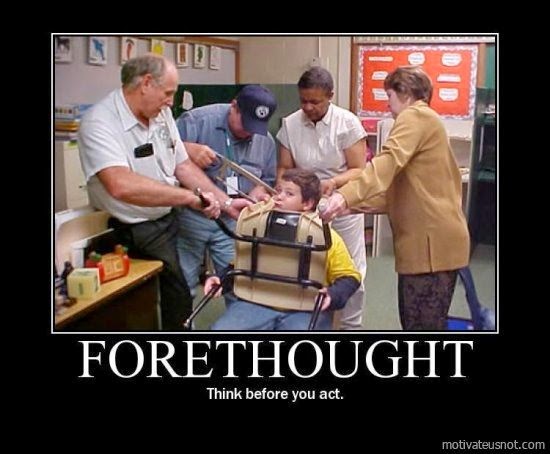Your Safety Reserve
Developing Your Personal Minimums
Susan Parson
In formal terms, personal minimums refer to an individual pilot’s set of
procedures, rules, criteria, and guidelines for deciding whether and under what
conditions to operate (or continue operating) in the National Airspace System.
While this definition is accurate, it tends to describe the product rather than
explain the process. Also, the formal definition does not really convey one of the
core concepts: personal minimums as a “safety buffer” between the demands of
the situation and the extent of your skills. I like to think of personal minimums as
the human factors equivalent of reserve fuel, which is intended to provide a safety
buffer between fuel required for normal flight and the fuel available. In the same
way, personal minimums should be set so as to provide a solid safety buffer
between the pilot skills and aircraft capability required for the specific flight you
want to make, and the pilot skills and aircraft capability available to you through
training, experience, currency, proficiency and, in the case of the airplane,
performance characteristics. Just as in making fuel calculations, you shouldn’t
consider making a flight that requires use of skills at the “reserve” or worse,
“unusable fuel” level of your piloting skill and aircraft capability.
Here’s one systematic approach to developing your own personal minimums.
Step 1 – Review Weather Minimums. The regulations define weather flight
conditions for visual flight rules (VFR) and instrument flight rules (IFR) in terms
of specific values for ceiling and visibility. IFR means a ceiling less than 1,000
feet AGL and/or visibility less than three miles. Low IFR (LIFR) is a sub-category
of IFR. VFR means a ceiling greater than 3,000 feet AGL and visibility greater
than five miles. Marginal VFR (MVFR) is a sub-category of VFR.
Step 2 – Assess Your Experience and Comfort
Level. Think through your recent flying experiences and make a note of the lowest
weather conditions that you have comfortably experienced in VFR and, if applicable,
IFR flying in the last six to twelve months. This exercise helps establish
your personal “comfort level” for VFR, MVFR, IFR, and LIFR weather
conditions.
Step 3 – Consider Other Conditions. It is also a good idea to have personal
minimums for wind, turbulence, and operating conditions that involve things like
high density altitude, challenging terrain, or short runways. Record the most
challenging conditions you have com- fortably experienced in the last six to
twelve months. You can note these values for category and class, for specific
make and model, or both.
Step 4 – Assemble and Evaluate. Next, combine these numbers to develop a set
of baseline personal minimums.
Step 5 – Adjust for Specific Conditions. Any flight involves almost infinite
combinations of pilot skill, experience, condition, and proficiency; aircraft
equipment and performance; environmental conditions; and external influences.
These factors can compress the baseline safety buffer, so you need a structured
way to adjust for changing conditions. Consider developing a chart of adjustment
factors based on changes in the PAVE checklist factors - Pilot, Aircraft,
enVironment, and External Pressures. When you have comfortably flown to your
baseline personal minimums for several months, you can con- sider adjusting to
lower values. Two important cautions:
• Never adjust personal minimums to a lower value for a specific flight. The time
to consider changes is when you are not under any pressure to fly, and when you
have the time and objectivity to think honestly about your skill, performance, and
comfort level.
• Keep all other variables constant. If your goal is to lower your baseline personal
minimums for visibility, don’t try to lower the ceiling, wind, or other values at the
same time.
Step 6 – Stick to the Plan! Once you have established baseline personal
minimums, “all” you need to do next is stick to the plan. That task is a lot harder
than it sounds, especially when the flight is for a trip that you really want to make,
or when you are staring into the faces of disappointed passengers. Here’s where
personal minimums can be an especially valuable tool. Professional pilots live by
the numbers, and so should you. Pre-established numbers can make it a lot easier
to make a smart no-go or divert decision. In addition, a written set of personal
minimums can also make it easier to explain tough decisions
to passengers who are entrusting their lives to your aeronautical skill and
judgment.
Susan Parson (susan.parson@faa.gov, or @avi8rix for Twitter fans) is editor of FAA Safety
Briefing. She is an active general aviation pilot and flight instructor





















